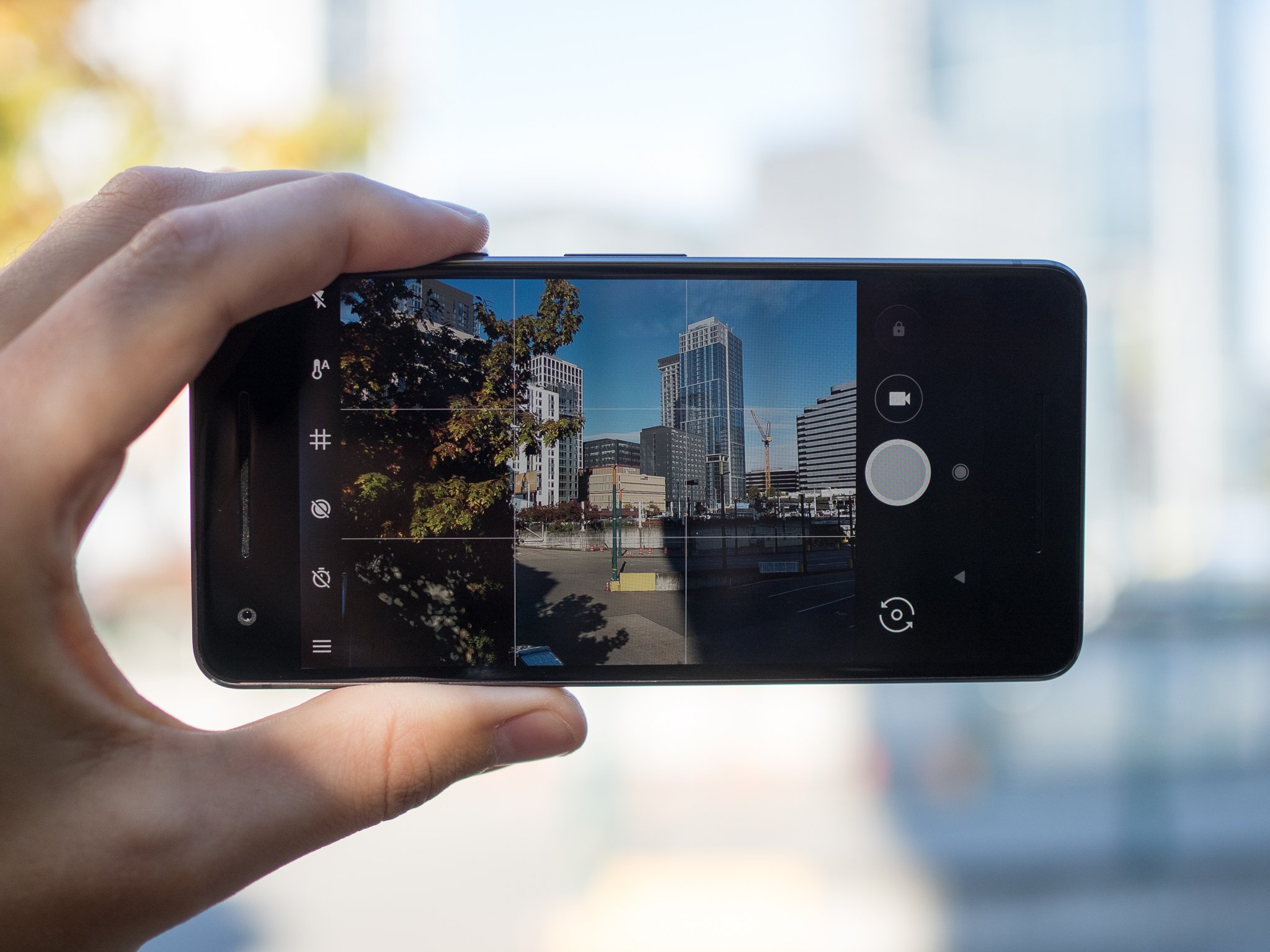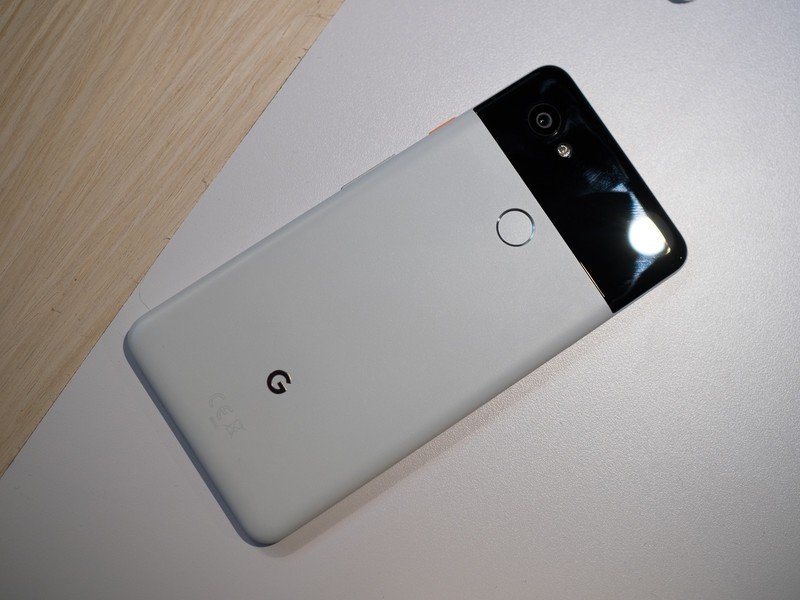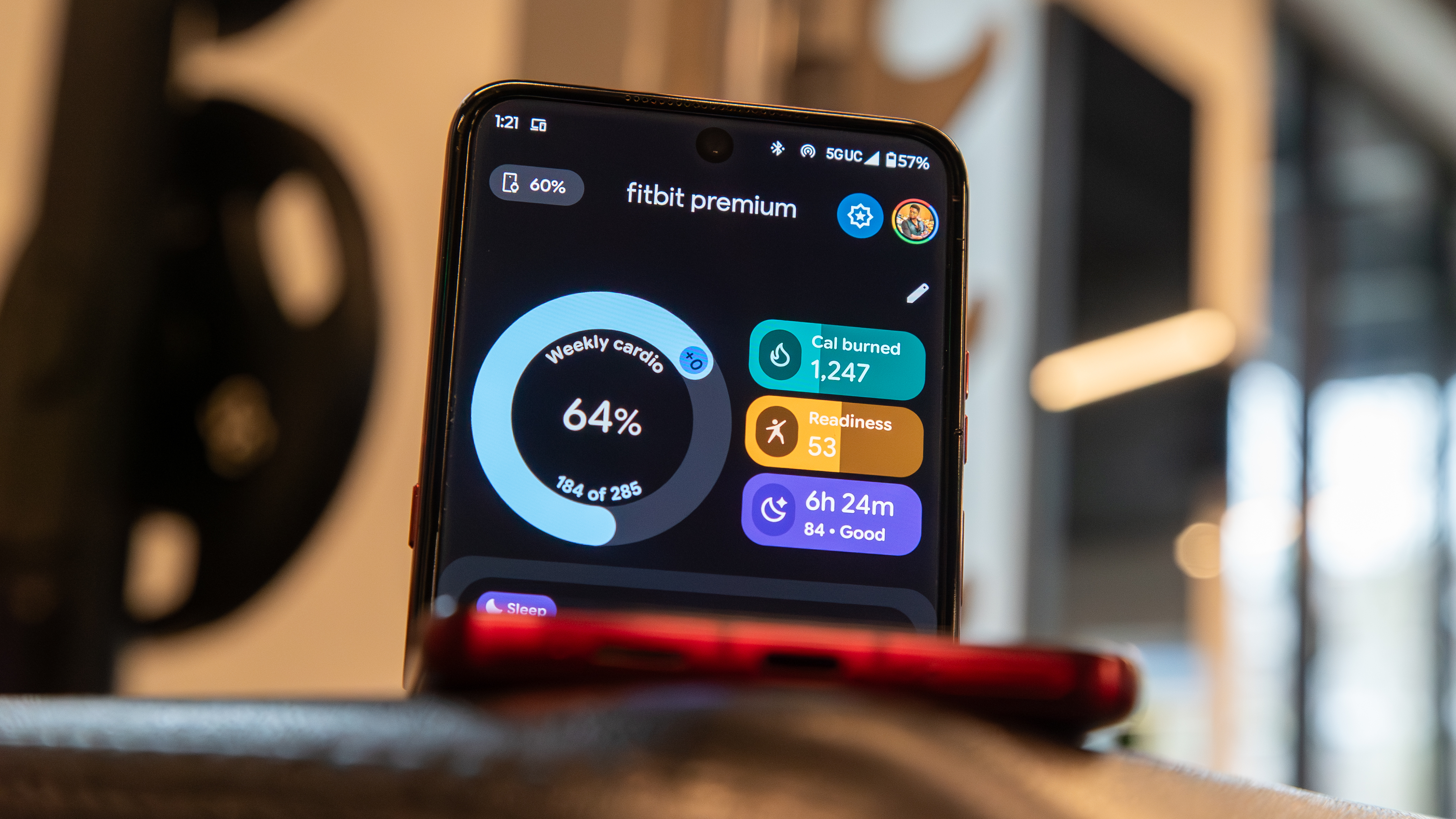Pixel 2 has OIS and Google's magic EIS, and that's a huge deal

A lot has been said about the Pixel 2 and Pixel 2 XL's cameras. You'll be hearing a lot more, too, because it really does live up to the hype. While we're talking up apertures and HDR+, we also can't forget to mention image stabilization and the fact that Google was able to add OIS (optical image stabilization) to last year's world-class EIS (electronic image stabilization).
A quick take on what those are is in order. Don't worry, it's not hard to understand and there won't be a quiz or anything at the end. OIS uses actual movement and EIS uses calculations.
Stabilization simplified
On a camera with OIS, there is a gimbal (arms that hold a thing and let it move in any direction very easily) of sorts that holds the lens. As the camera moves, even slightly, the gimbal allows the lens to move to compensate. It moves in the other direction — if your phone moves down, the lens moves up — and the end result is a lens that holds mostly still, even if the thing the lens is attached to moves around.
OIS and EIS are both great ways to take great pictures, but putting them together is even better.
This does a much better job of keeping the image in focus and cuts back on blur created by the lens moving. It's not perfect. It can't compensate for a lot of movement, and it can create black shadows at the edges of the finished photo. But generally, OIS is a very good thing to have on a camera of any kind.
EIS is different. There are no moving parts and the camera is adjusted electronically based on data from the gyroscope and other sensors. When these sensors show that the phone moved, no lens moves to compensate. Instead, the electronics that control things like focus and shutter change their settings to compensate for movement. Of course, this is far from perfect, too. Depending on anything automatic to make the right choices every time isn't ideal, and the more the camera moves the lower the chance EIS will get things right.

On Google's Pixel phones, there's also a bit of "smarts" involved and the processing engine knows what a scene looked like before the phone moved. We first saw this with 2016's Pixel phones and the results speak for themselves. We're not exactly sure how or what Google did, and Google's not telling because it's a trade secret and all that, but EIS on the Pixel is far better than EIS on any other camera. Shooting video, which is more dependent on EIS because the "shutter" is open longer and you're usually moving the camera distances too large for OIS to compensate for, was even more amazing on the Pixel with its special EIS sauce.
Putting everything together
Because of the extra smarts built in, the Pixel's electronic stabilization was unable to work with a moving lens. The data about what the lens was seeing and all the sensor data coming in would be thrown completely out of whack once you introduce a part that moves independently from the image sensor and the gyroscope, and what the camera sees would be thrown so far off it just doesn't work. But combined with camera hardware that let a lot of light in and pixels on the sensor that could capture more of it, and Google's fancy HDR+ algorithms that adjust more than the color, photos on the Pixel or Pixel XL were great almost every time.
Get the latest news from Android Central, your trusted companion in the world of Android

The issue is the times they weren't great. While the Pixel's EIS is amazing, even when you're moving the camera all sorts of ways you shouldn't be when taking a photo, one place where even Google's magic didn't help was a shaky hand.
EIS just can't keep up with rapid movements, like a shaky hand.
All of us have had a shaky hand when trying to take a photo once in a while. It's a thing that happens, and the more you try to stop it the more things shake. And for some people, shaky hands, especially when trying to hold something small like a phone, are one of life's struggles. The only way to get a photo that isn't a blurry mess when your hands shake is to use OIS. Forget about trying to compensate rapid movement through settings, you simply need to have a lens that can physically move to try and stay centered.
Sometimes we forget that not everyone is able to something simple like holding a phone without shaking. Thankfully, Google has found a way to include OIS along with their fabulous EIS and HDR+ on a phone with even better camera hardware. We can enjoy the best of both worlds!

Jerry is an amateur woodworker and struggling shade tree mechanic. There's nothing he can't take apart, but many things he can't reassemble. You'll find him writing and speaking his loud opinion on Android Central and occasionally on Threads.
